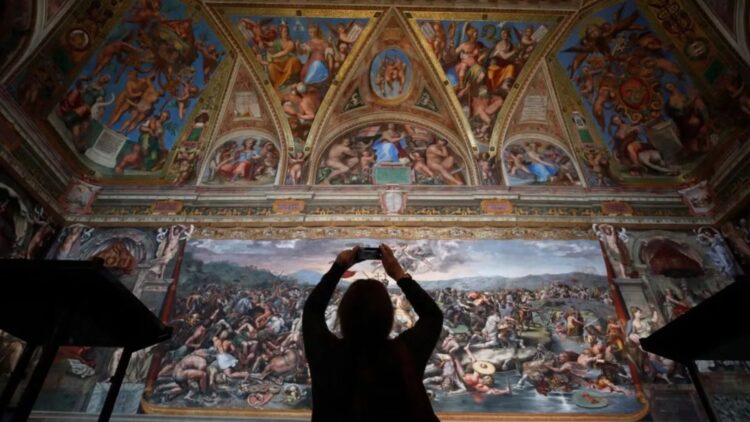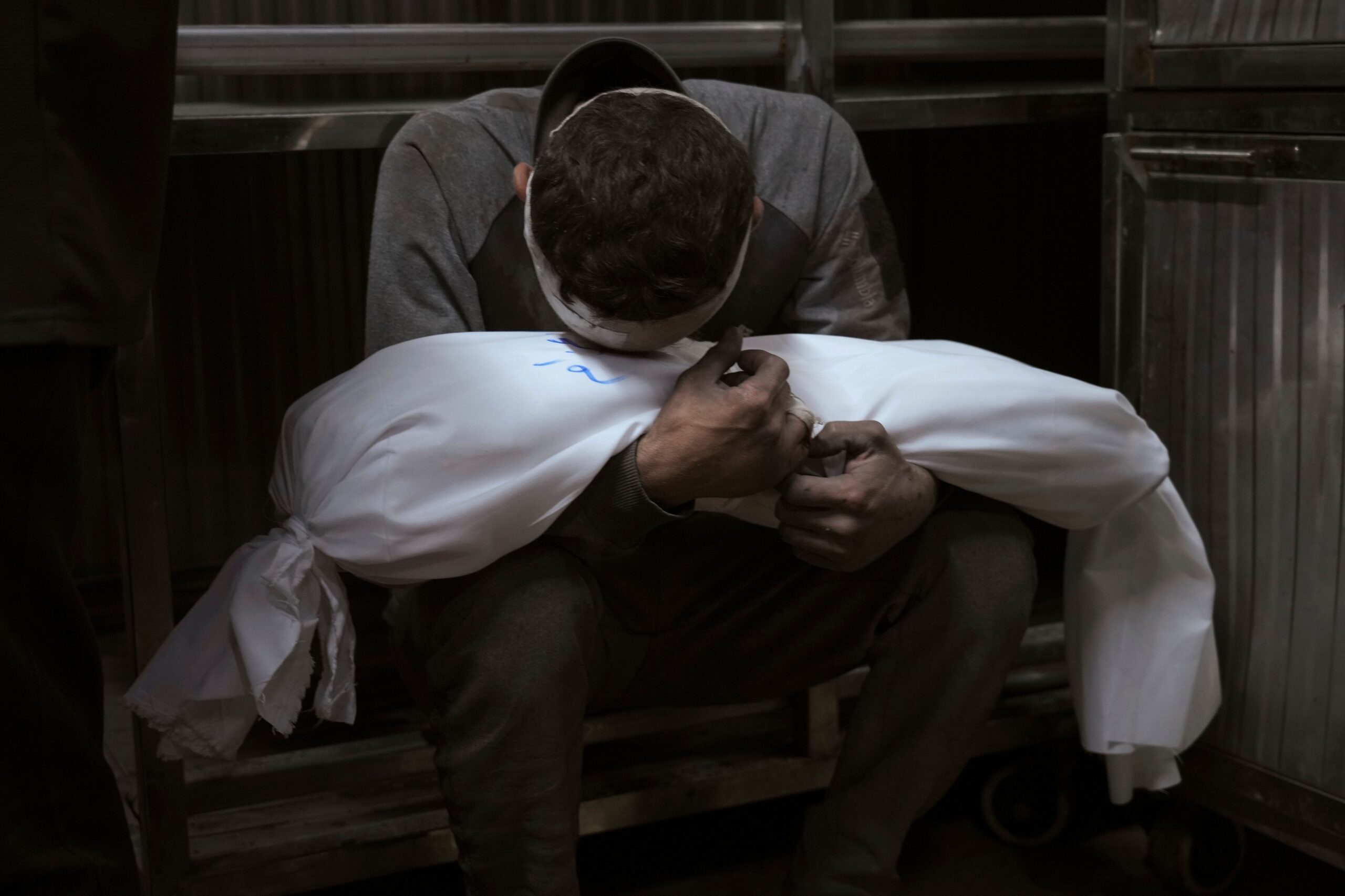No hurricanes, no droughts – what comes now with climate change are volcanic eruptions caused by melting ice
Goodbye to Nissan – recalls more than 480,000 vehicles due to serious risk of VC-Turbo engine failure – these are the affected models
Confirmed – the ocean is full of invisible nanoplastics and the number will blow your mind
Do you know who
Raphael Sanzio
is? In case you don’t know, we are going to tackle an important technical and artistic discovery related to Raphael Sanzio, one of the great masters of the Renaissance. The discovery took place in the Room of Constantine, located inside the
Apostolic Palace of the Vatican
, during a restoration carried out between 2015 and 2024. What was found challenges five centuries of traditional interpretation of this work and of the figure of Raphael. It sounds interesting, right? So, let’s learn more about this artist!
Raphael and a technique hidden for centuries
During the restoration work, it was discovered that two mural figures in the room were not made using the traditional fresco technique, but with oil painting directly on the wall. This is extremely unusual in Renaissance art, since oil was mainly used on portable supports like canvases or panels, and rarely applied to wall surfaces.
The two figures in question represent the allegories of Justice (Iustitia) and Courtesy (Comitas). They were painted by Raphael using a heated natural resin base, which was applied directly to the wall. This layer was held by a grid of nails embedded in the wall, in order to create a surface prepared to receive the oil. This method allowed for more retouching, more detailed work, and a chromatic unity superior to that of fresco.
A misunderstood and abandoned technique
Raphael died in 1520, at the age of 37, before completing the decoration of the room. His disciples, Giulio Romano and Giovanni Francesco Penni, continued the decorative work using only the traditional fresco technique. They did not attempt to reproduce their master’s technique, possibly because they did not know how. As a result, these two oil-painted figures remained as a kind of isolated experiment, forgotten over the centuries.
Modern technology reveals the past
This discovery was made possible thanks to the use of advanced scientific techniques, such as: Infrared reflectography, ultraviolet fluorescence, and false-color imaging. These tools confirmed that the two figures were painted by Raphael himself and that he used an experimental technique previously unknown at this level of detail.
The Room of Constantine: art, power, and religion
The Room of Constantine is the largest of the Raphael Rooms. Its decoration pays tribute to Emperor Constantine I, the first Roman ruler to legalize Christianity. It was designed with a strong political and religious message: to show that the Church had a divine and universal destiny. The main scenes represent key moments in Constantine’s life, such as the Vision of the Cross and the Donation of Rome.
An exemplary restoration project
The restoration of the room was not only an artistic feat, but also a technical and methodological one. It was carried out in eight phases, including the recovery of the vault painted by Tommaso Laureti, a fresco that simulates a luxurious carpet painted in perspective. The work was carried out by an interdisciplinary team including restorers, scientists, engineers, and heritage specialists, who worked like a modern Renaissance workshop.
Raphael, the innovator ahead of his time
Thanks to this discovery, it can now be affirmed that Raphael did not only leave designs and sketches for the room, but that he painted directly on its walls. His attempt to combine oil painting with mural painting was an idea ahead of its time, which remained unfinished but is now recovered and recognized.
A legacy recovered from the heart of the Vatican
The official reopening of the Room of Constantine in June 2025 not only returns a Renaissance jewel to the public, but also rewrites an essential part of the history of Western art. From the Vatican, where images carry as much weight as words, this discovery shows Raphael as a more innovative and experimental artist than previously thought.




